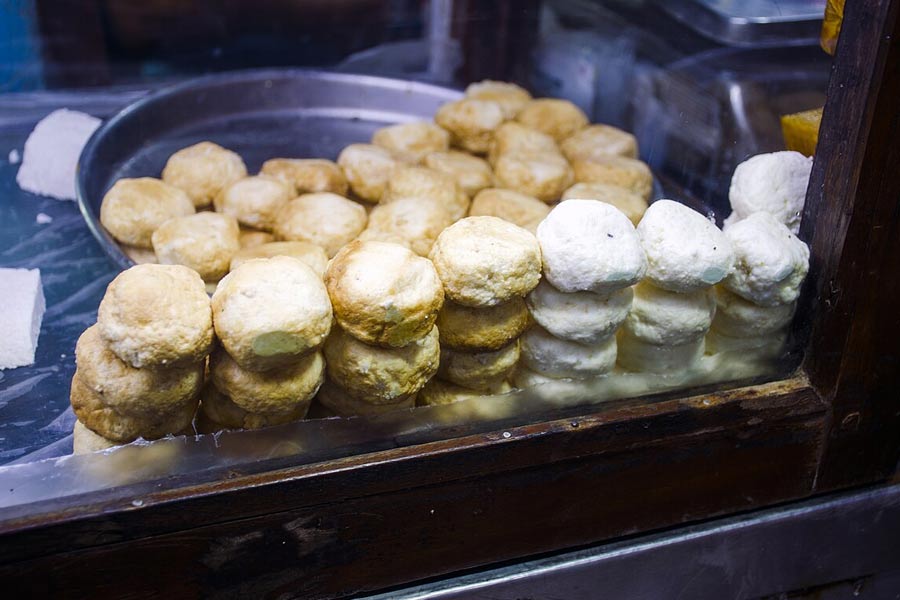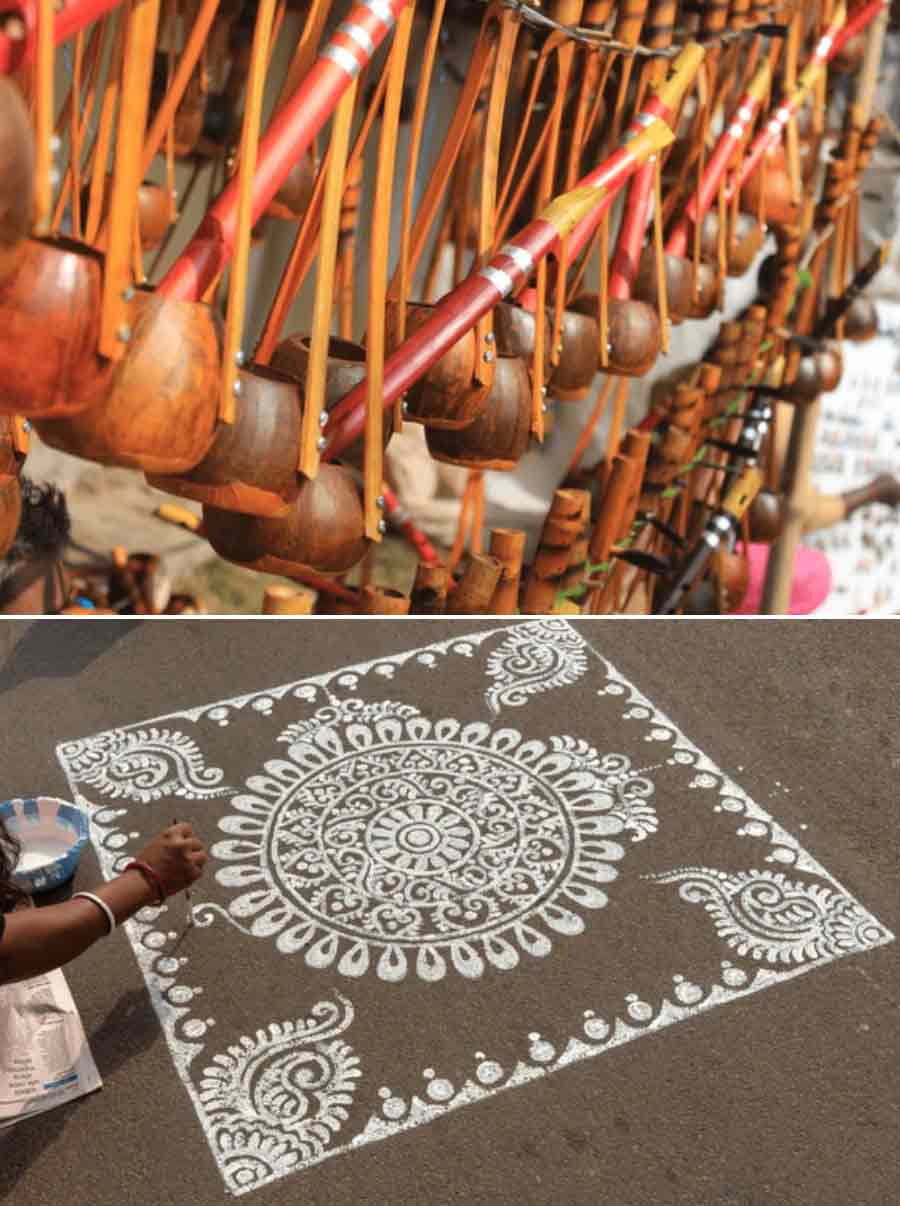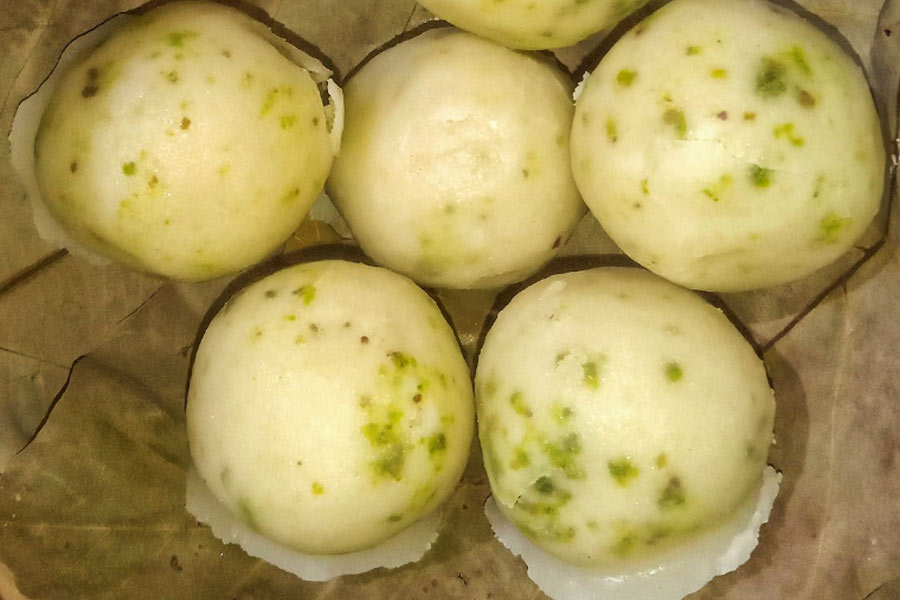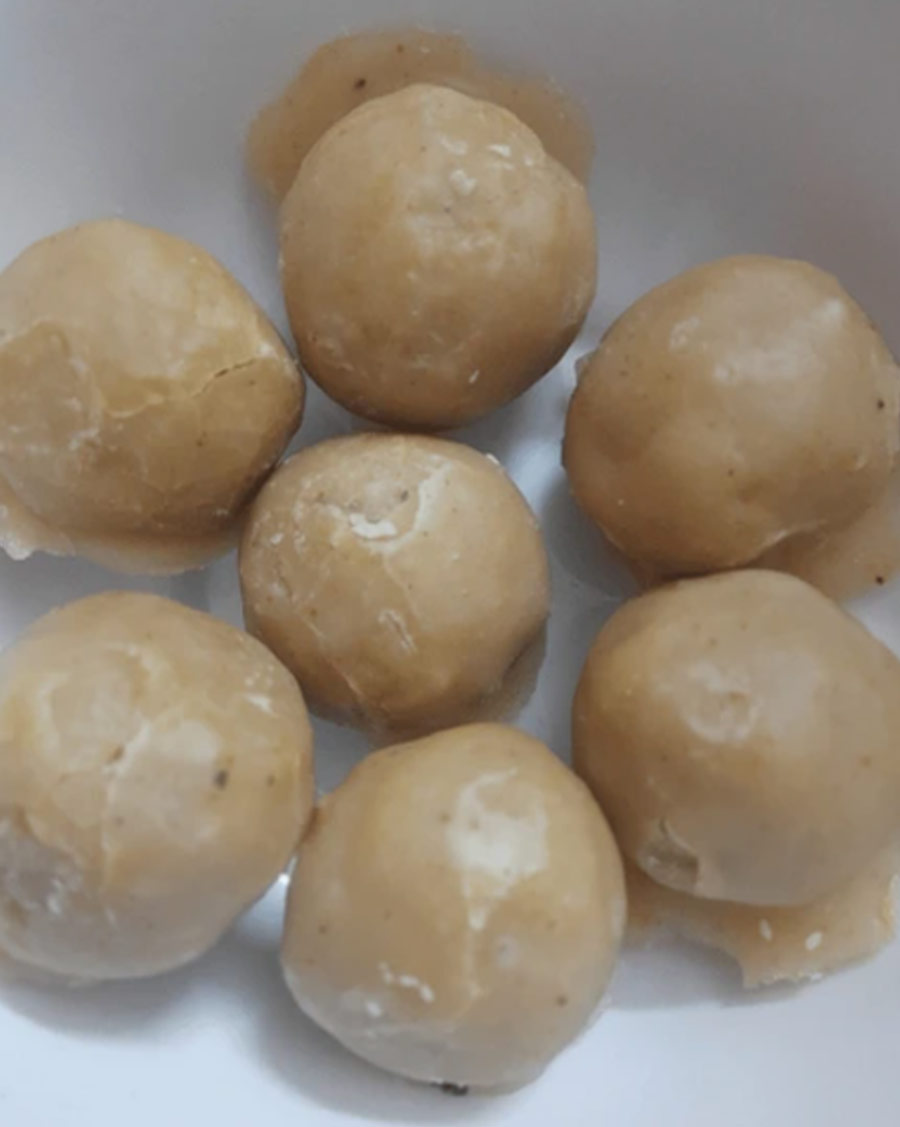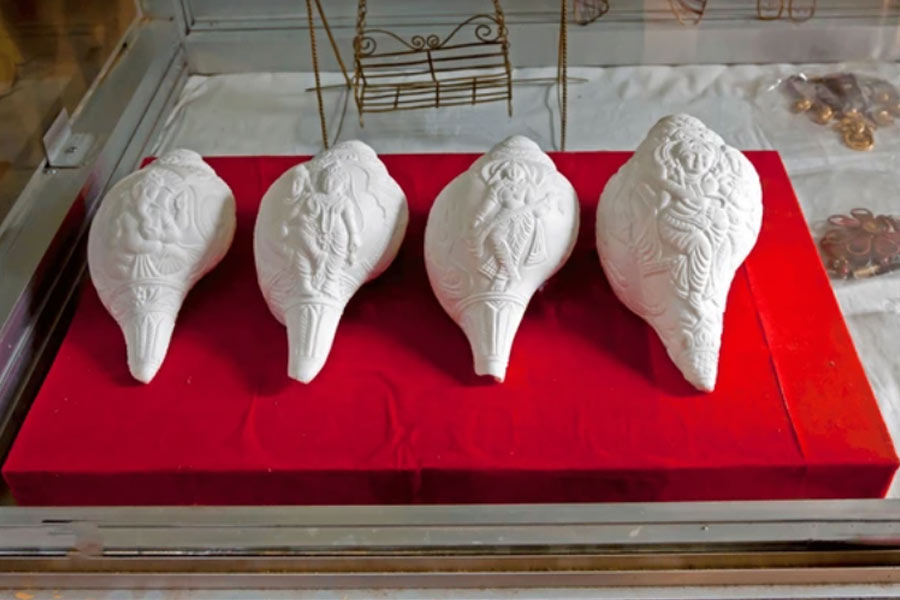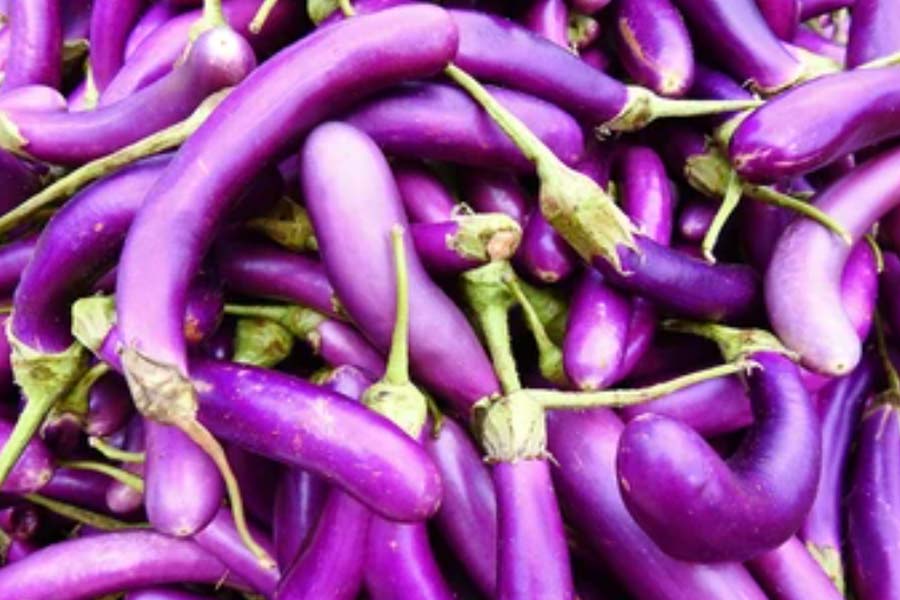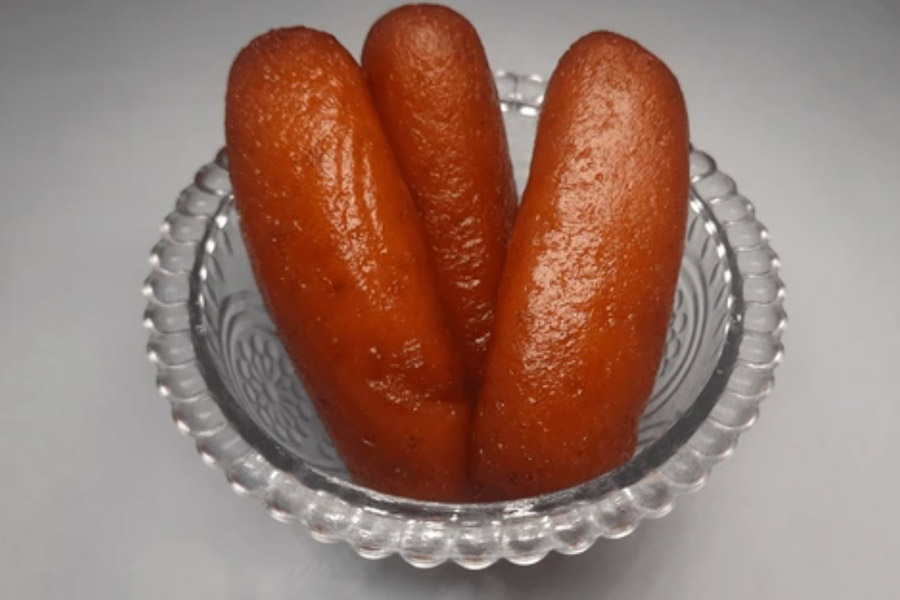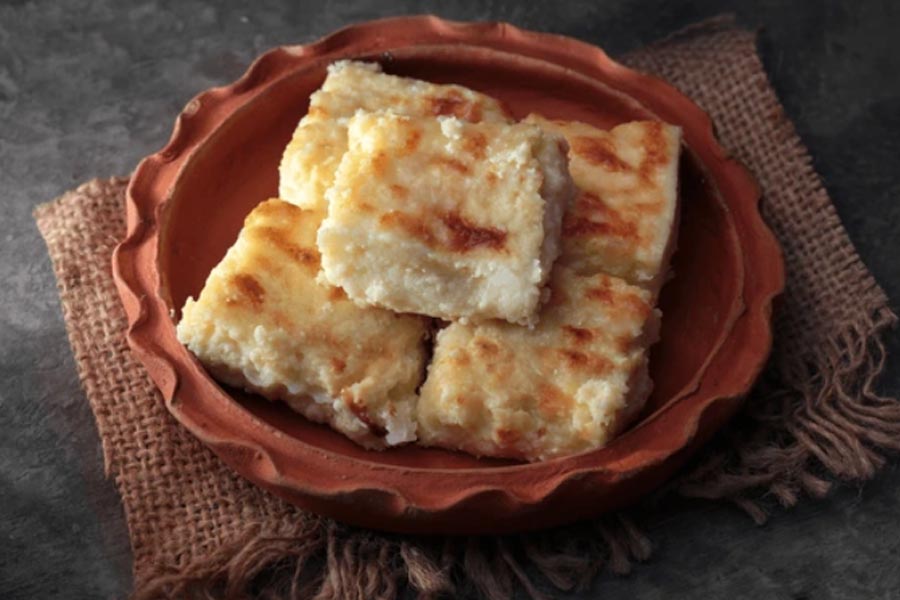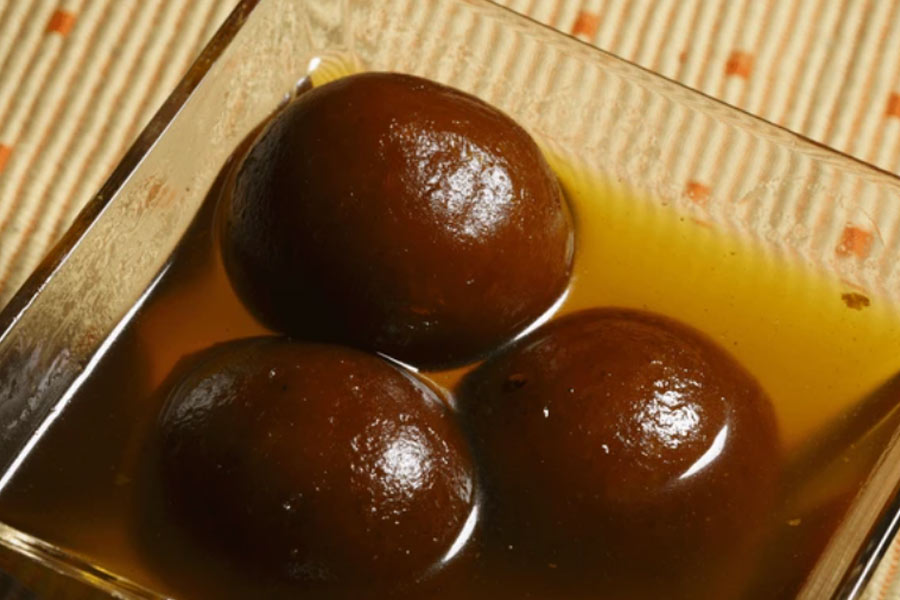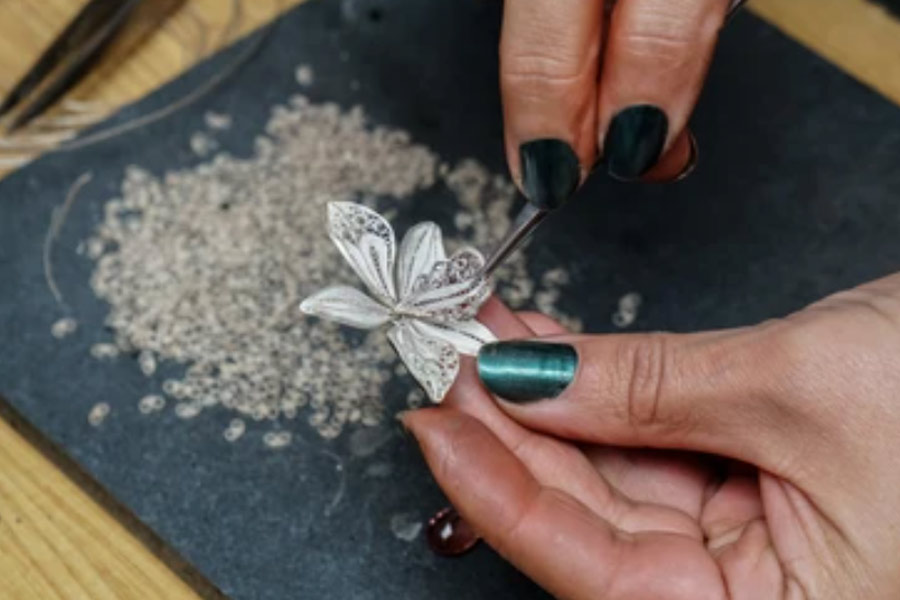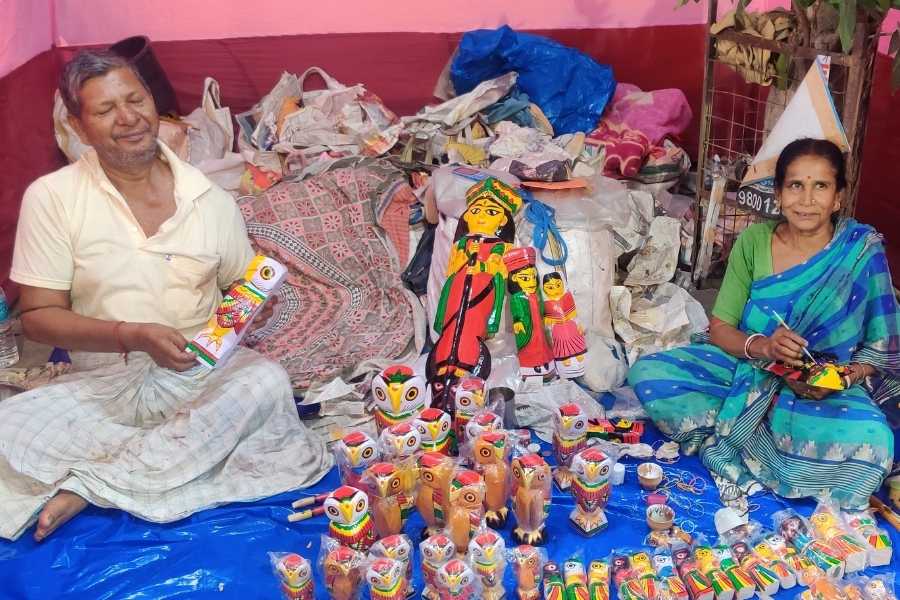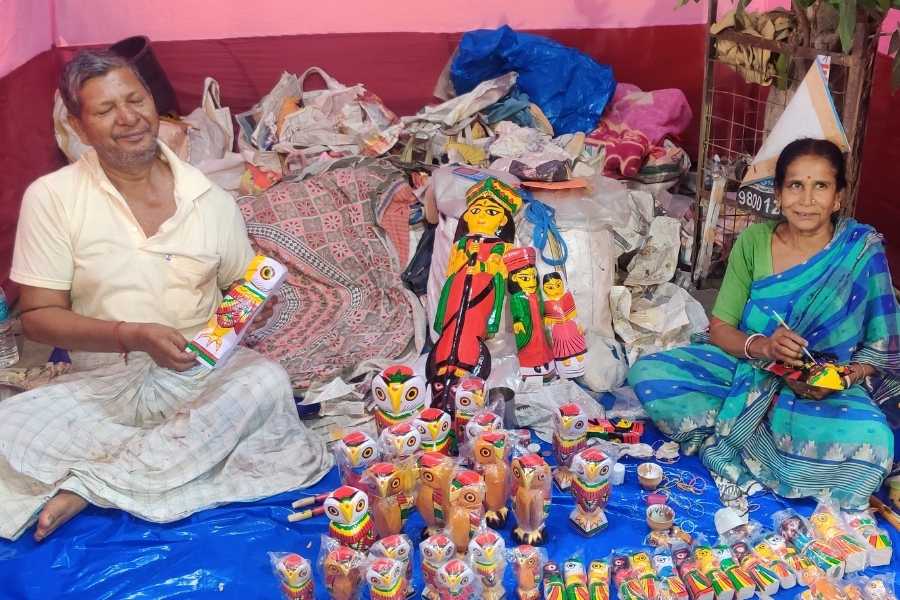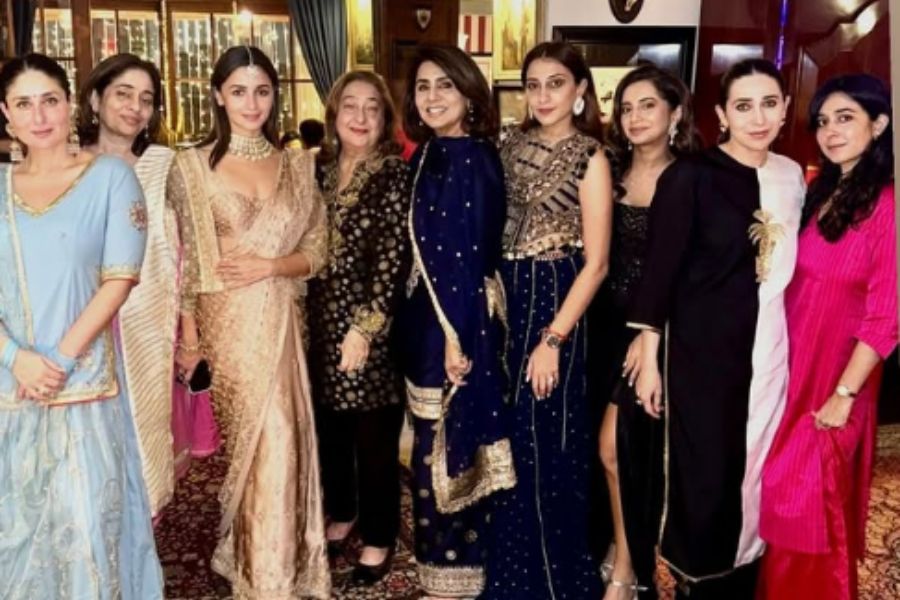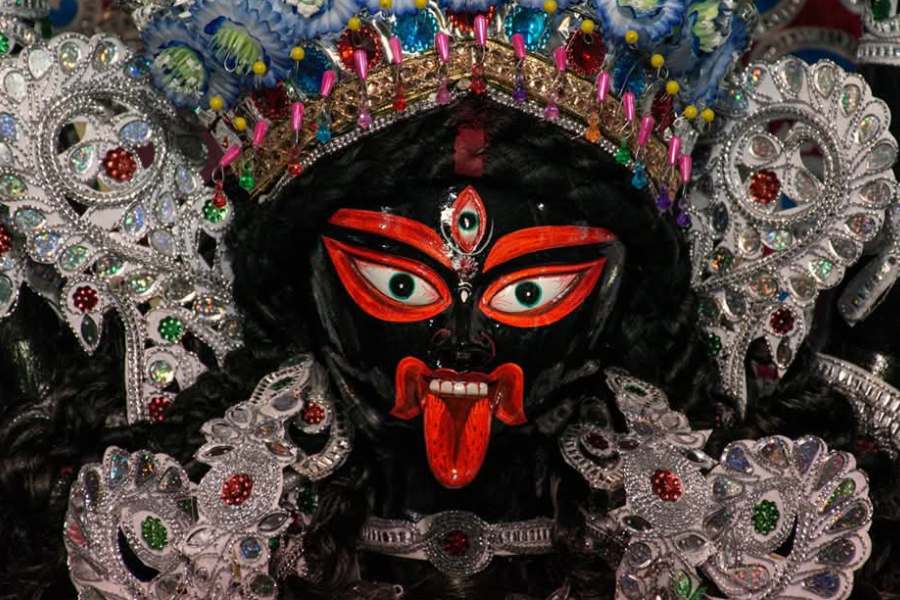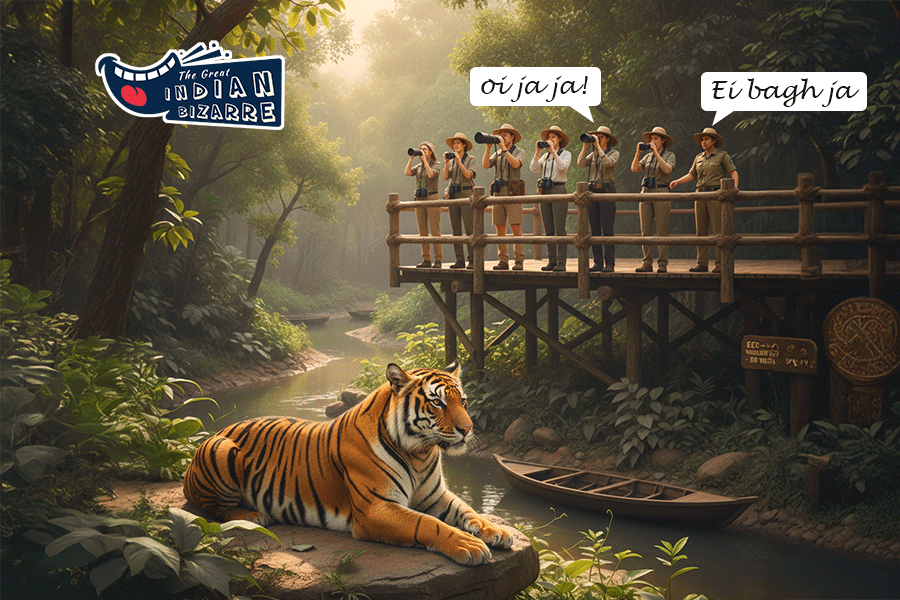Bengal’s own Bandel cheese, originally introduced by the Portuguese before the British rule in India, is now vying for a GI tag, thanks to WB National University of Juridical Sciences professor Pinaki Ghosh.
Geographical Indication (GI) tag — a recognition of products with unique quality, characteristic or reputation originating from a certain geographical location — not only preserves heritage but also boosts local pride and economy.
But Bandel cheese isn’t the only product in the fray for a GI tag. Here’s a closer look at other products from the state that are awaiting the honour, along with some that we think deserve the recognition.
Santiniketan’s Ektara and Alpona
The soulful ektara, a one-stringed instrument used by Bauls, and the intricate alpona art that decorates courtyards and walls are part of Shantiniketan’s cultural identity. Both embody Bengal’s folk traditions and deserve GI recognition for preserving their authenticity amid large-scale production of imitations. West Bengal National University of Juridical Sciences (WBNUJS) filed for the GI tag for both in 2023.
Janai’s Monohora
This sweet from Hooghly district is famous for its soft shell of chhana and khoya that hides a sugary surprise inside. Monohora has a heritage story of being gifted to zamindars and royals. The application has been pending since 2022.
Mecha Sandesh from Beliatore
Crafted in Bankura’s Beliatore, Mecha sandesh is made from fried chhana soaked in syrup. Its texture and taste are unlike any other Bengali sweet. Beliatore Mecha Sandesh Baebsayi Samity applied for a GI tag in 2022.
Conch shell craft from Hatagram
Hatagram is known for its intricate conch shell carvings used in puja rituals and ornaments. The craft demands high skill and has deep religious significance. A GI tag would protect artisans amid a rise in production of machine-made alternatives and preserve the traditional handicraft. The application was filed by the Hatagram Sankha Banik Kalyan Samiti on December 6, 2022
Ashapur and Nawabganj brinjals
The brinjals from these regions are known for their unique taste, size, and resilience to local soil conditions. They hold culinary as well as agricultural importance in rural Bengal. GI recognition has been under examination since 2022, and once accepted, it would support farmers and encourage sustainable cultivation practices.
Shaktigarh’s langcha
Known as Bengal’s sweet hub, Shaktigarh produces langchas that are distinct for their taste, size, and preparation. Chief minister Mamata Banerjee has urged the East Burdwan administration to register the sweet for a GI tag.
Krishnanagar’s Swar Puria
This rare sweet from Krishnanagar has a delicate preparation technique and an unmistakable taste. An application for the GI tag was filed in 2017, but it was refused in 2019. The uniqueness and local identity make it a strong contender for a GI tag that would help preserve this sweet from fading into obscurity.
Ranaghat’s pantua
Pantua is loved across Bengal, but Ranaghat’s version stands out for its deep brown colour, rich flavour, and distinct method of preparation. It does not have a GI tag yet, but getting one would give rightful recognition to the sweet-makers of Ranaghat.
Mograhat’s silver craft
Mograhat’s silver artisans have been crafting intricate ornaments for generations. Their designs reflect Bengal’s artistry and cultural ethos. West Bengal is actively seeking a GI tag to protect this craft from dilution and uplift the lives of local craftsmen.
Notungram dolls from Burdwan
The wooden dolls handcrafted at Burdwan’s Notungram have made it to the list of products included in the Free Trade Agreement (FTA) with UK. However, they await a GI tag since 2022. These are carved out of chhatim, mango, gamar and jackfruit wood. Some of the most common Notungram dolls are of king, queen, owl, Jagannath and Krishna.
